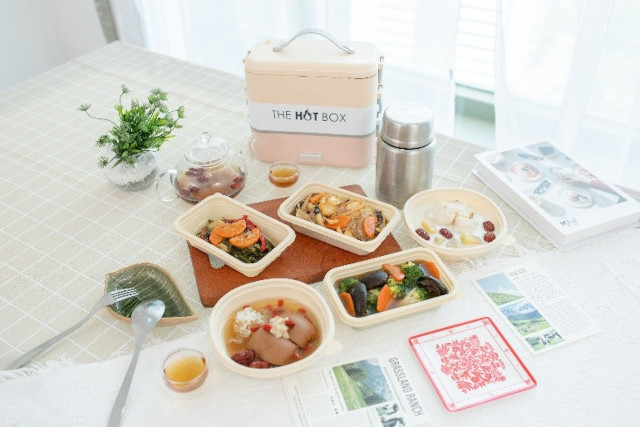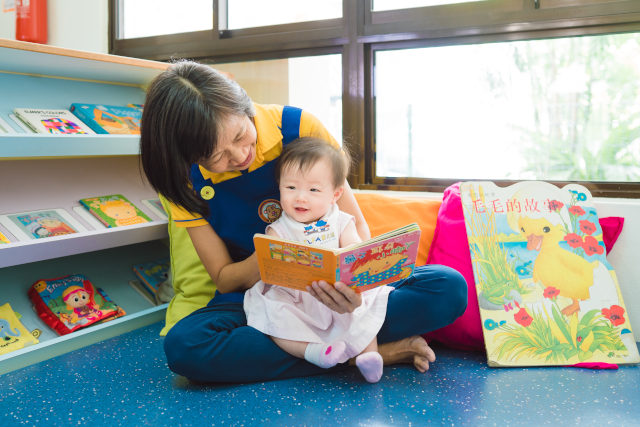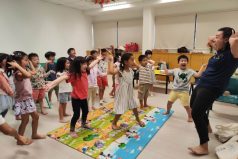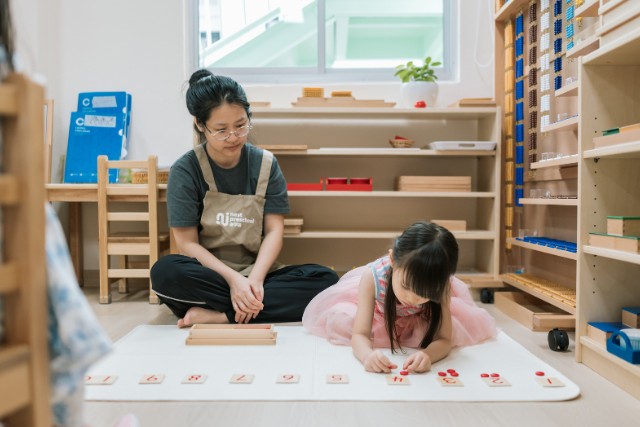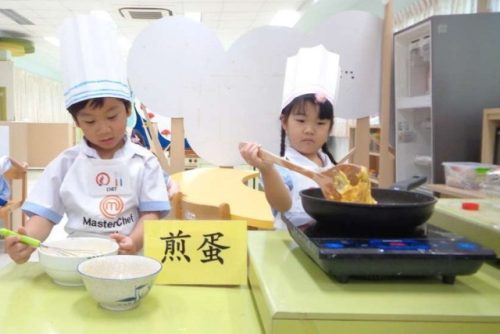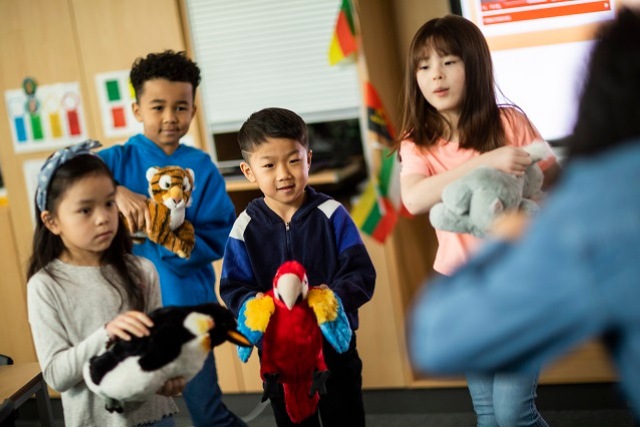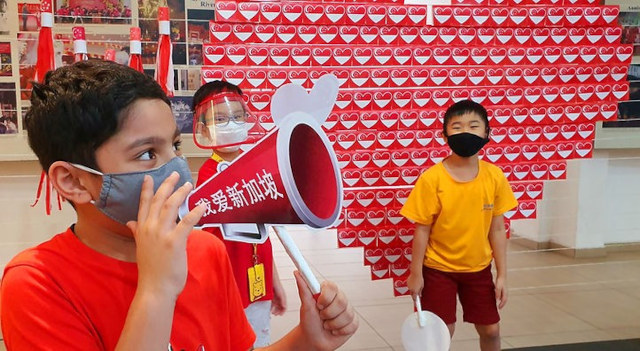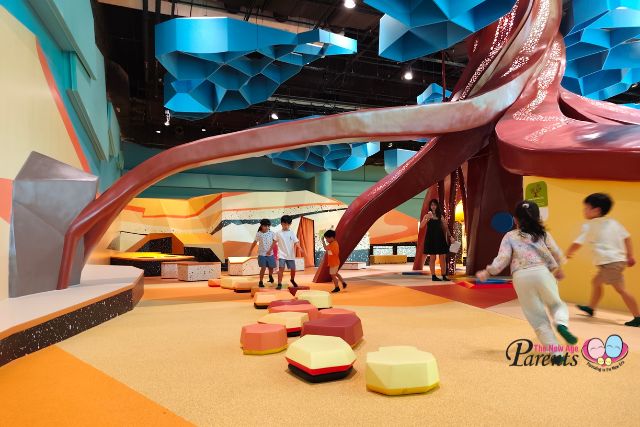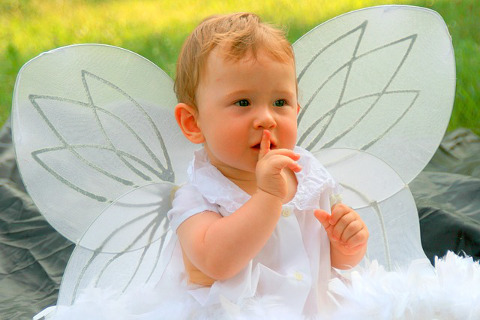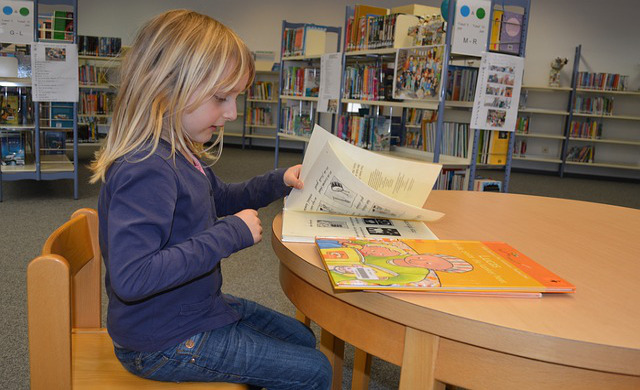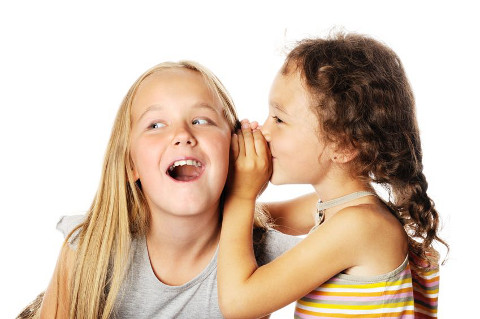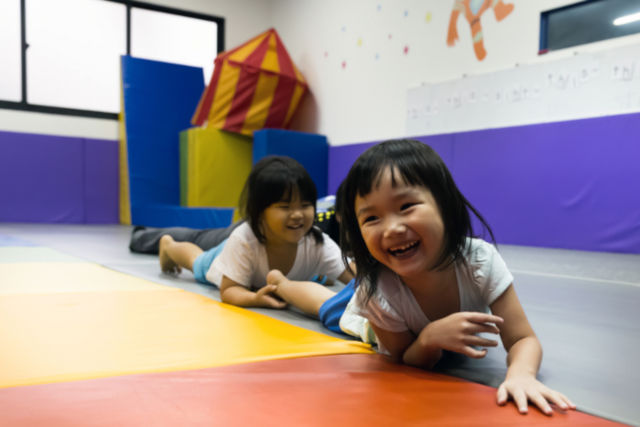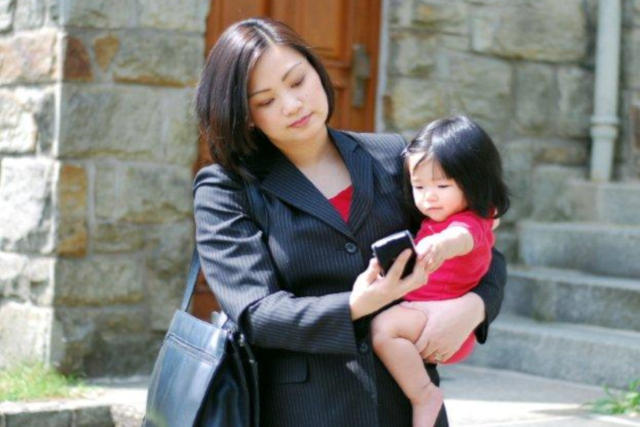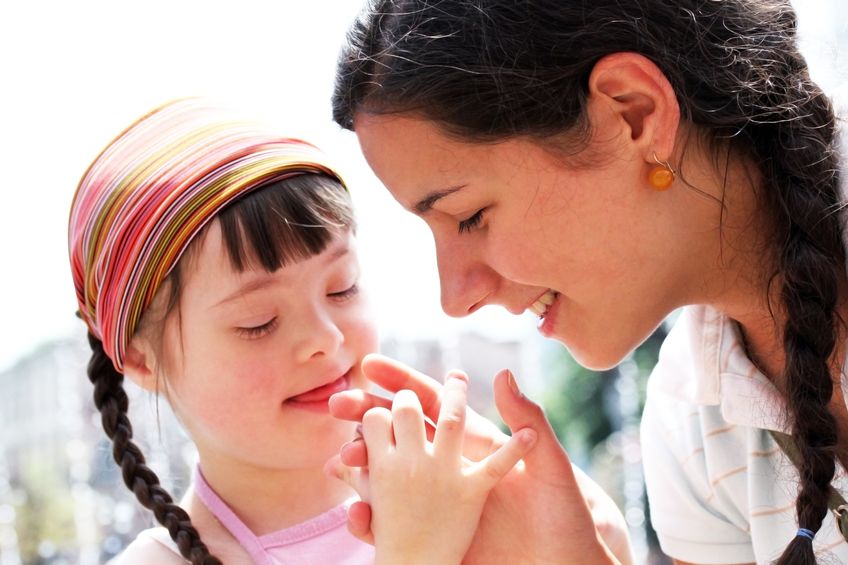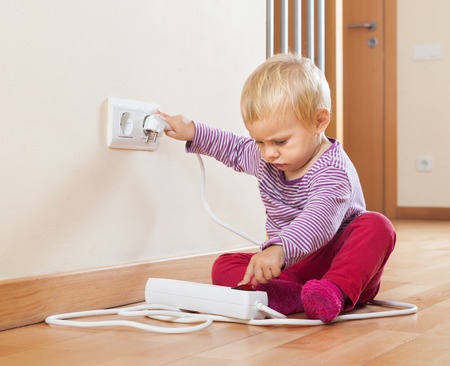Language and communication skills include a child’s ability to understand others (receptive language) and express themselves (expressive language). This could be through the use of words, gesture and facial expressions.
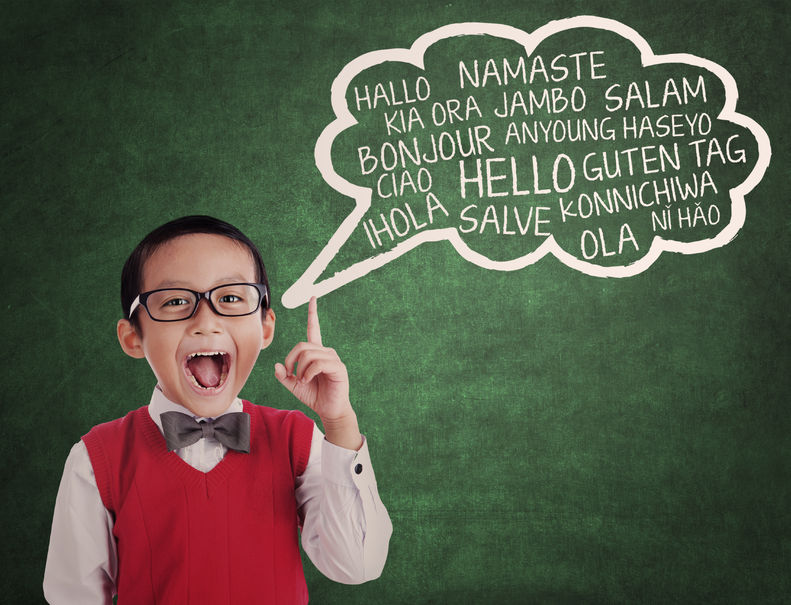
Studies have consistently shown that early language and communication skills contribute greatly to children’s success in school as well as their ability to develop social relationships with their peers and people around them. Children who develop strong language and communication skills are likely to arrive at school more prepared to learn as they are required to grasp math, science and social concepts and apply them in their homework and examinations. These children are less likely to have difficulties learning to read and more likely to perform better at school.
Building Strong Bonds
Children pick up the skills of communication gradually, most often by spending time with important people in their lives, especially their parents. A parent and child have a very special connection. It is a strong bond formed between them through communication since the child was born. This special bond is a great platform on which to build language development in young children.
Opportunities to promote language development can be incorporated into the routine of daily life instead of time being set aside specifically to work on language. Many of the strategies mentioned below were extracted from ‘It Takes Two to Talk’ by Jan Pepper and Elaine Wetizman, and can be used almost any time in a variety of settings.
#1 Follow your child’s lead
The first strategy is engaging children in interaction. When people communicate back and forth, they are engaging in interaction. The best way to encourage your child to communicate is to let her initiate more interactions with you, and for you to follow her lead. Do note that responding to a child’s communication can look different depending on the age and communication abilities of your child.
Why do we do this? As adults, we are inclined to leading or directing interactions with children, the idea of letting our child lead may not come naturally to us. You will notice that when you let your child take the lead in interaction and you respond with interest to what she says, they will feel encouraged to communicate with you even more.
Another plus point to this is when your child leads an interaction and you respond, you are giving them information about things that are already of interest to them. This means there is a greater likelihood for them to remember it and use it to communicate in the future.
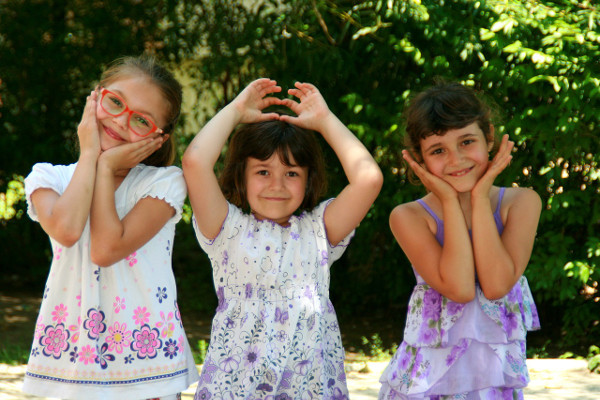
#2 Add language to your conversations
For example, when walking in the park, your child points to the flowers and you say ‘Look at the flowers’, and then again when she sees flowers on television or in a book and you say ‘What beautiful flowers’ she soon begins to associate the word ‘flower’ with the object she is seeing around her.
This adds meaning to the word and soon she will be able to point to flowers in response to your question ‘Can you see the flowers?’. There will be countless opportunities during a day that adding language can be practised.
Another example is when your child finishes his water and says ‘no more‘, you could add language by responding ‘No more water, let’s get some more‘. Another way would be adding simple explanations for why things happen. Let’s say your child is trying to fit his hand in a bottle to get toy pieces out and says ‘stuck‘. You could say ‘Rachel’s hand is too big, it can’t fit in‘.
Adding language can also be done by expanding the child’s message to help her use longer sentences. Here’s another example: When she says ‘Daddy wear socks’, you could respond ‘Daddy is wearing his socks and shoes. He is going to work’.
Why do we do this? First, you help your child understand what is going on around her. Second, she may be having thoughts as she experiences different things. By adding language, you can then express what is going on in her mind. As the child experiences the world around her and hears you say the same words again and again she begins to understand the meaning of words.
#3 Read together

This is a tried and tested strategy. There are countless studies that have shown the benefits of reading for children. Reading books benefits a child’s language in the earlier years of their lives, where they share books with adults and have stories read to them.
Why do we do this? As children grow older, reading helps to build vocabulary and expose them to rich, complex language that they would not necessarily be exposed to in the ordinary, everyday speech. It is also an activity that can bring the parent and child closer together.
A young child spends most of his time running around, doing all sorts of different activities. When you and your child snuggle up and read a book together, it promotes a kind of closeness and can grow to be a special time for you both. Another benefit is that books can be read again and again, unlike speech which is no longer there as soon as we stop talking.
And if you have a young child and have started reading with them you would probably notice they have a couple of their favourite books that they don’t tire of re-reading. Children can go back to the words and pictures in books as many times as they like which makes learning new words and concepts much easier for children. What’s more, it is habit-forming and it prepares them for a lifetime of reading which only does good for their language.
By Natasha Pereira, a Speech and Language Therapist at THK Therapy Services (The Children’s Therapy Centre).
This article was first published in The New Age Parents e-magazine.
* * * * *
Like what you see here? Get parenting tips and stories straight to your inbox! Join our mailing list here.
Want to be heard 👂 and seen 👀 by over 100,000 parents in Singapore? We can help! Leave your contact here and we’ll be in touch.




